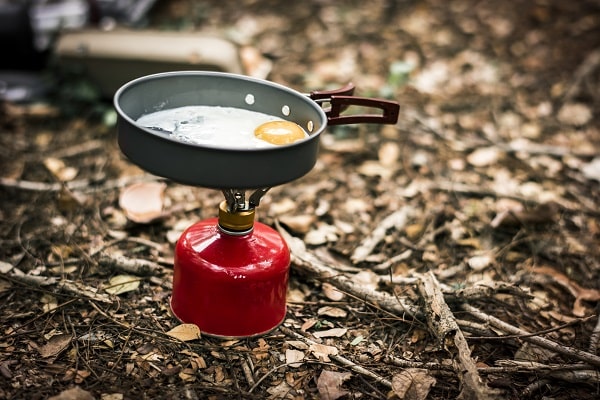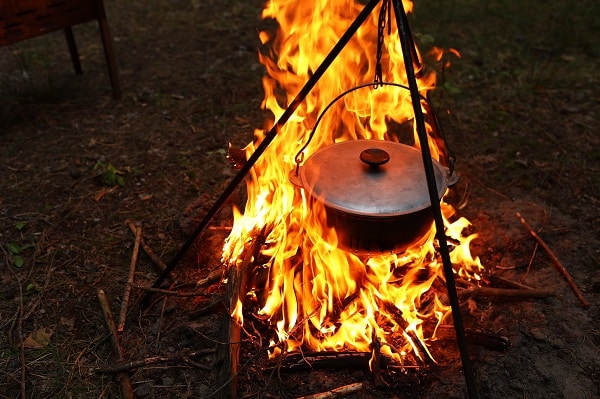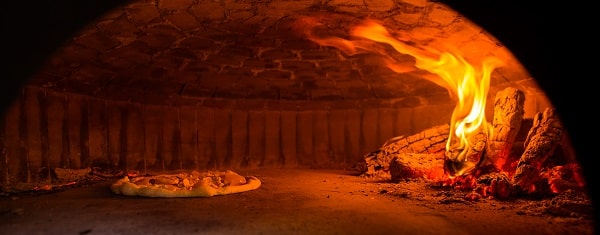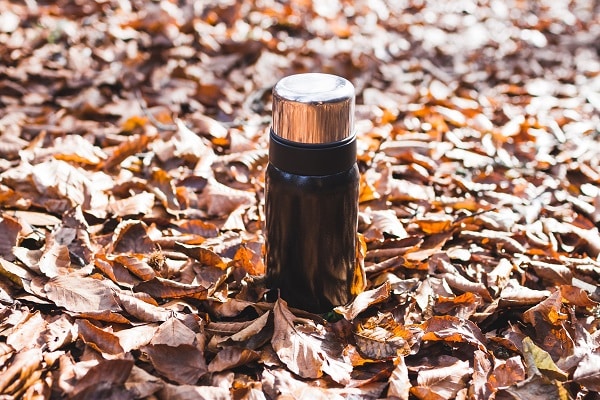In an ever-changing world, the importance of preparedness cannot be overstated. Whether it be natural disasters, power outages, or other unexpected circumstances, having the knowledge and tools necessary for emergency cooking is invaluable. Cooking, a basic survival skill, can become a major challenge in times of disaster. This article delves into various cooking methods that can be utilized during emergencies, guiding how to prepare, what to use, and safety precautions to consider.
Contents
Preparing For Emergencies

Preparation is the cornerstone of survival in emergencies. Ensuring you are equipped with the right tools and knowledge for cooking in emergencies could make all the difference. An emergency cooking kit can serve as a lifesaver in times of crisis. Depending on the nature of the disaster, these kits can vary in their contents. However, the essentials, such as waterproof matches, a compact stove, fuel tablets, and a lightweight pot, should always be included.
In addition to the basic tools, it’s crucial to understand that different types of disasters may necessitate different cooking methods. For instance, a power outage may render electric stoves useless but leave the gas supply intact, making a portable gas stove an ideal solution. Thus, tailoring your emergency kit to specific geographical and situational needs is paramount.
Using Portable Gas Stoves

Portable gas stoves can be a very practical solution for emergency cooking. These devices are generally lightweight, easy to operate, and capable of cooking food quickly. However, they need to be used with caution. A good understanding of operating them safely is key to avoiding unnecessary accidents, particularly because they utilize highly flammable fuel.
Despite the obvious benefits, portable gas stoves are not without their limitations. They require a supply of gas to operate, which can run out if a situation persists over a prolonged period. Furthermore, they can be difficult to use in adverse weather conditions. Therefore, while an excellent tool in many emergencies, they should not be the only solution in your disaster-preparedness arsenal.
Solar Cooking Methods

Harnessing the power of the sun is another excellent emergency cooking method. Solar ovens, for instance, use sunlight as a heat source, eliminating the need for fuel. They are also environmentally friendly, emitting no harmful gases during use. A simple solar oven can be made at home using readily available materials, providing a low-cost and effective solution during emergencies.
However, using solar cooking methods requires certain geographical and climatic conditions. It is essential to have access to a good amount of sunlight for a significant part of the day. Weather conditions like cloud cover, fog, or rain can hinder solar cooking. As a result, while this method is promising, it may not be the most reliable for all locations or situations.
Using Open Fire For Cooking

An open fire remains one of the most rudimentary yet effective methods for emergency cooking. It requires minimal equipment – some dry wood or combustible material, a match or lighter, and a pot or pan. This method provides a good amount of heat, which is ideal for cooking various meals. However, safety should be the primary concern when using open fire. It’s essential to choose a safe and clear spot away from flammable materials to set up the fire.
Managing the heat from an open fire is a skill that comes with practice. Cooking over a high flame might burn the food, while too low a flame may not adequately cook it. Using fire-resistant gloves and maintaining a safe distance are key precautions to take. Moreover, once done, it’s crucial to ensure that the fire is completely extinguished to avoid unintended fires.
Dutch Oven Cooking

A Dutch oven is a heavy, thick-walled pot, usually made of cast iron, that can retain heat for a long time. Dutch oven cooking can be a versatile and efficient meal preparation method in a disaster scenario. It allows for various cooking techniques, such as baking, boiling, and roasting. The heat retention property of the Dutch oven means that once heated, it can continue cooking the food even when the heat source is removed.
Despite these advantages, there are some considerations to keep in mind. Dutch ovens are heavy and not easily portable. They also require a fair amount of heat to get started. They can be used over an open fire, a stove, or charcoal briquettes. Proper cleaning and seasoning of the oven are also important to prevent rusting and ensure longevity.
Fuel Tablet Stoves

Fuel or solid fuel tablets offer another portable and lightweight cooking solution during emergencies. These tablets are compact, easy to light, and burn efficiently, making them ideal for heating small amounts of food or water. A fuel tablet stove is a small metal stand that holds the tablet and a pot above it.
While they offer convenience, fuel tablets have their limitations. The heat output from these tablets may not be sufficient for cooking larger meals. Additionally, they burn out relatively quickly, so you’ll need a substantial supply for longer-term scenarios. As with any cooking method involving flames, safety precautions must be adhered to avoid burns or fire-related accidents.
Using A Thermos For Cooking

Thermos cooking, also known as “thermal cooking,” is a fuel-efficient cooking method. It utilizes the heat retention capability of insulated containers to cook food or keep it warm. This method involves bringing food to a boil and transferring it to a preheated thermos to continue cooking. It’s especially suitable for soups, stews, and hot cereals.
As efficient as it may be, thermos cooking does have its limitations. Not all foods can be cooked in a thermos; it’s best suited for dishes that require slow cooking or long simmering. Additionally, the size of your thermos limits the amount of food you can cook at a time. Despite these constraints, with some planning, thermos cooking can be a valuable part of your emergency cooking repertoire.
Homemade Alcohol Stove

An alcohol stove is a simple, lightweight, and reliable cooking solution that can be homemade. You can create a functioning stove using a few common materials, like a soda can and a punch. Alcohol stoves run on denatured alcohol, which is relatively easy to find and store. They are ideal for boiling water or heating small amounts of food.
Creating and using an alcohol stove does require some caution. The flames from alcohol can be hard to see, especially in bright light, leading to potential accidents. It’s important to ensure that the flame has been extinguished after use. Moreover, they may not be the best option for larger meals or prolonged cooking, but they are a lightweight and compact emergency solution.
The Bottom Line
Preparing for emergencies is crucial, and being able to cook food is an essential part of that preparation. This article has presented various methods, from traditional open fires to more modern solutions like portable gas stoves and solar ovens. Each has advantages and limitations, and the best choice will depend on the specific circumstances, location, and available resources.
In conclusion, understanding these emergency cooking methods is vital to disaster preparedness. Not only does it enable survival, but it also provides a sense of control and normalcy during challenging times. Therefore, everyone is recommended to develop their emergency preparedness plans, including suitable cooking methods.
